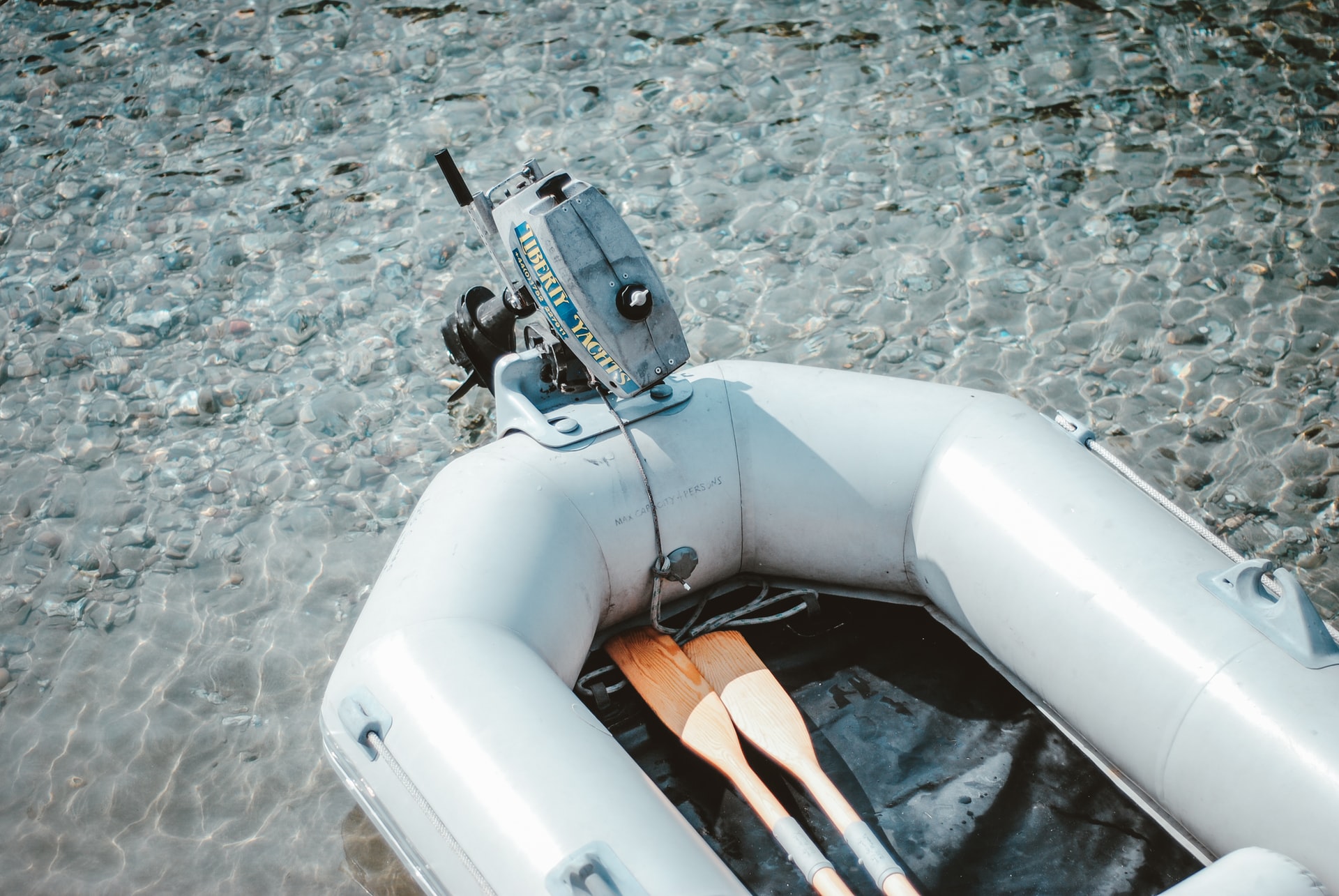If you’re new in boating and want to widen your knowledge or simply have a Boat Ed exam coming up, you landed on the right page!
On outboard boats, the capacity plate provides a horsepower rating. What does this rating mean?
Most people can’t decipher a boat’s capacity plate. It tells you the maximum capacity a boat can hold, but what else? Let’s see!
The Capacity Plate Provides a Horsepower Rating – What Does This Rating Mean?
On outboard boats, the horsepower rating on the capacity plate is the recommended power the engine should run on, concerning the boat’s size. It’s sometimes a mere recommendation, but most of the time, it’s legally binding.
The maximum horsepower your boat’s engine can take is vital to consider when buying for safety purposes. For example, larger engines typically have more torque than small ones, and they push against the boat’s transom with more power. This puts additional stress on the boat, and if it’s not equipped to be ready for that, unfortunate accidents can occur.
If the horsepower is more than recommended, it may push the boat faster than its size can handle.
Do All Boats Have Capacity Plates?
If you’re applying for a Boat Ed exam soon, there’s a high chance you’ll find this question: do all boats have capacity plates?
No, not all boats do, although it’s essential to have to ensure the safety of the passengers and the crew.
According to the US Coast Guard, the capacity plate is only legally required for boats less than 20 feet in length. Any motorized monohull boat that fits that description must have a capacity plate, and it must be written according to the Federal Law standards and regulations.
On top of that, the plate should be on the steering console or the helm to be easily readable.
Boats less than 26 feet in length should have a plate, too, but it needs a certification from the National Marine Manufacturers Association.
Why Is There a Capacity Plate on Outboard Boats?
Capacity plates aren’t exclusive to outboard boats. In fact, any boat, whether outboard or inboard, should have a capacity plate as long as its length measures less than 20 feet.
The capacity plate should also be visible from the console and helm easily. It should signify the maximum number of passengers the boat can carry and the maximum weight in pounds. In the case of outboard boats, the maximum horsepower for the engine should also be listed.
The maximum capacity may be listed in the number of passengers or pounds. For example, if your plate says ‘three passengers or 500 pounds,’ it means you can determine the capacity according to either measurement.
Most boaters don’t fully understand capacity plates and what they refer to, although they’re vital for safety purposes. Plus, they’re ruled by the US Coast Guard.
What Else Is Listed on the Boat’s Capacity Plate?
Aside from the passengers’ capacity and the horsepower, capacity plates of boats should also include the boat manufacturer, the model, the serial number, and additional info about the manufacturer, if there are any.
In the case of inboard boats or sterndrives, the maximum horsepower isn’t displayed. Meanwhile, manually propelled boats need to list the maximum weight in pounds for passengers, engine, and gear combined.
Is the Horsepower Rating Related to the Speed?
In most cases, anything that’s engine-related is speed-related. So, it’s no wonder most boaters think the horsepower rating on the capacity plate has something to do with the boat’s speed.
Well, that’s not the case here.
The horsepower on the boat’s capacity plate is only related to the weight. The speed supposedly isn’t a concern as long as the boat can handle the engine’s power.
Can the Listed Capacities on the Plate be Exceeded?
A lot of boaters dismiss the capacity plate or don’t understand what it implies. As a result, they may exceed the listed capacities, which are stated and regulated by the Federal Law. So, does that mean that exceeding them is a federal violation?
No, exceeding the listed capacities isn’t a federal violation, but that’s if you can exceed them in the first place. Most states in the US have statutes that prohibit you from exceeding the maximum capacity, horsepower, etc., listed on the boat’s plate.
So, while you may not be violating the Federal Law by getting an engine that’s too powerful for the boat, it may be illegal in the state you’re living in. In addition to that, exceeding any limit may cause you to lose the boating insurance policy, so it’s not worth the risk. Most limitations are only there to protect you and the passengers, anyway.
How Do Boats Without Capacity Plates Calculate Their Limits?
Since capacity plates are only demanded for boats under 20 feet in length, that means that a whole lot of boats are strolling the waters without capacity plates. How do they calculate their limits?
As a rule of thumb, you can calculate the maximum number of passengers by multiplying the vessel length in feet by the vessel width, then divide the result by 15.
Unless you’re riding a commercial vehicle, you likely won’t pass by any weight-in station, so you won’t have to validate your boat’s capacity. However, it’s essential to know the maximum number of passengers you can have on your boat because it ensures safety.
You can even have a rough estimation if you can’t make an accurate estimate. Just calculate the combined weight of all the heavy items you intend to carry and go from there. Don’t forget to add the weight of a full fuel tank.
Final Thoughts
To ride a boat, you need to understand everything associated with it, aside from the process of piloting the boat itself. Understanding the limits and the regulations you need to follow will save you the hassle of any legal issues in the future. Plus, it’ll ensure the safety of your passengers.

